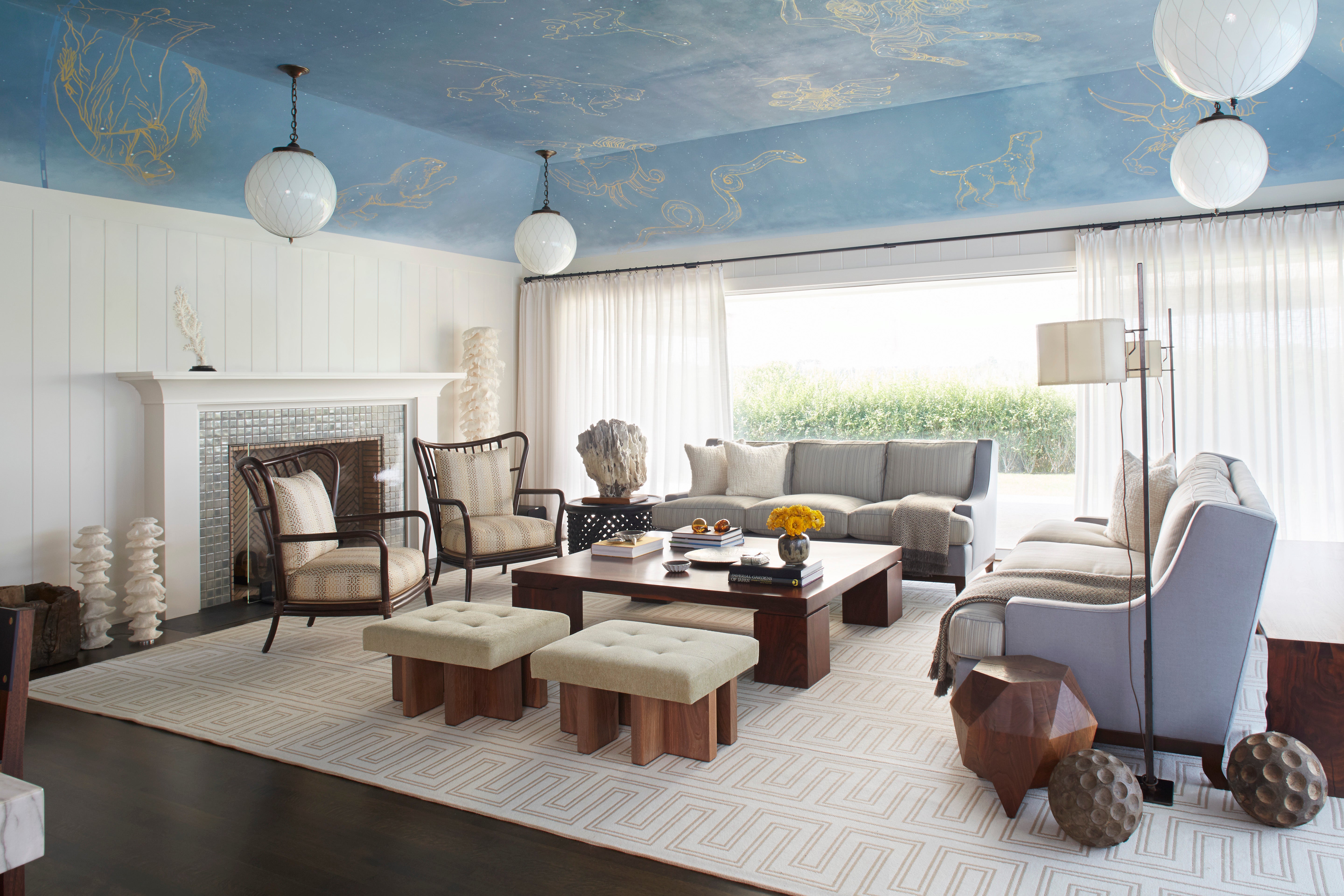Twenty years ago, retailers weren’t interested in designers. Now they’re obsessed. What changed—and why does it matter?
In 2003, Jill John joined a team inside Williams-Sonoma with a unique mission. Essentially, they were a mini think tank tasked with dreaming up new ways for the home giant to make money. The group eventually settled on three possibilities for the brand: One was exploring the then-nascent world of gift card sales. Another was to get into the corporate gifting market. The final idea didn’t come from within the team—it was passed up the chain from an employee in customer service.
“This person brought it to the chief marketing officer at the time,” recalls John. “They said, ‘Hey, we’re getting a lot of calls from these interior designers. They’re spending a lot of money with us, and they’re shopping on a regular basis.’ When our group dug in, we saw that this was an amazing opportunity.” Thus began Williams-Sonoma’s very first trade program.

BOH subscribers and BOH Insiders.










































